FIRST FOR ESSEX, ~11th for the world!
I don't think I have ever spent so long in identifying a moth as I did on this one. In the process I have made some inroads into understanding the family Nepticulidae - which contains the largest gaps in my British moth list.
I have made a key to the male Trifurculini (Ectoedemia, Bohemannia, Trifurcula).
1st: A bumper crop of Coleophora followed by a dissection day at the end of the month added the little known 37.079 Coleophora aestuariella. I think this is correctly identified but if anyone has experience of this species comment would be appreciated.
6th: A visit with Ben for our 4th and final arranged trapping session at Winterton produced a vast haul of moths that took all day on 7th to process (5am to 5pm from opening trap to finishing photographing specimens of interest. Despite that effort I found only one probable species new to me - though I have retained 17 Coleophora specimens to examine in due course. Interestingly, having obtained Rosy Minor for the first time last month, at least 10 were in the traps at Winterton and we had a wide range of Archer's and White-lined Dart variants.
Ben had kept some specimens from a trapping session at Strumpshaw on 4th - 3 of which were new to me. We also trapped at Strumpshaw on 7th but the temperature dropped to 10 degrees and nothing new was obtained:
16.008 Yponomeuta sedella, 38.023 Elachista biatomella (Winterton) (to be confirmed),
49.192 Endothenia ericetana, 49.213 Ancylis paludana.
15th: Trapping at Foulness gave me one new species: 49.078 Acleris aspersana
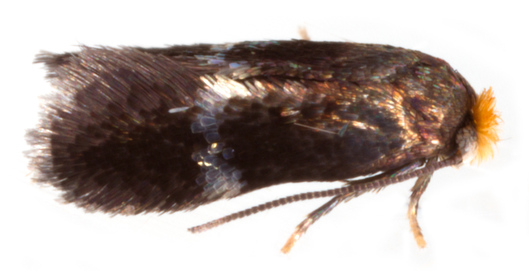
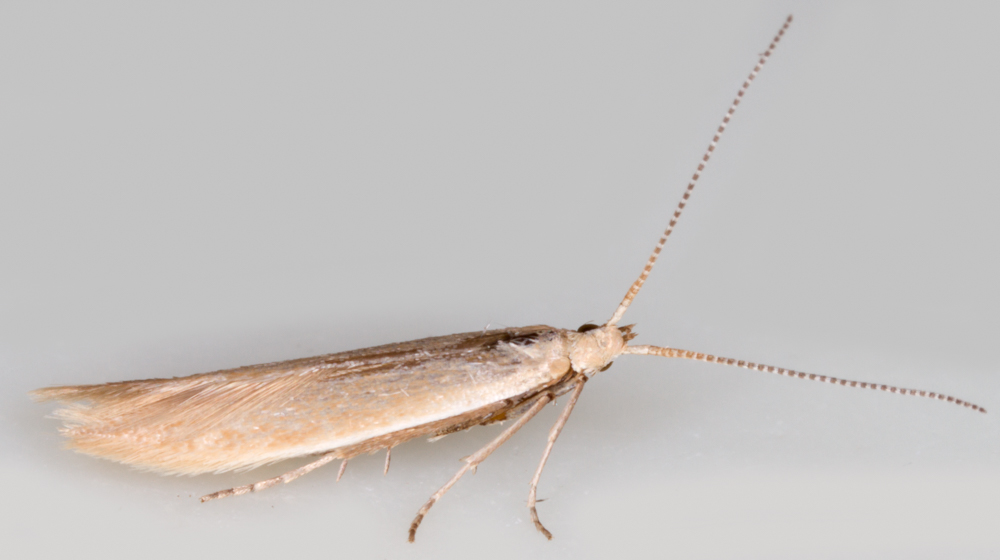

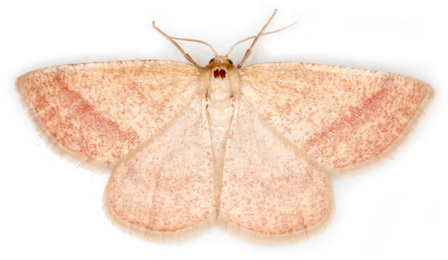
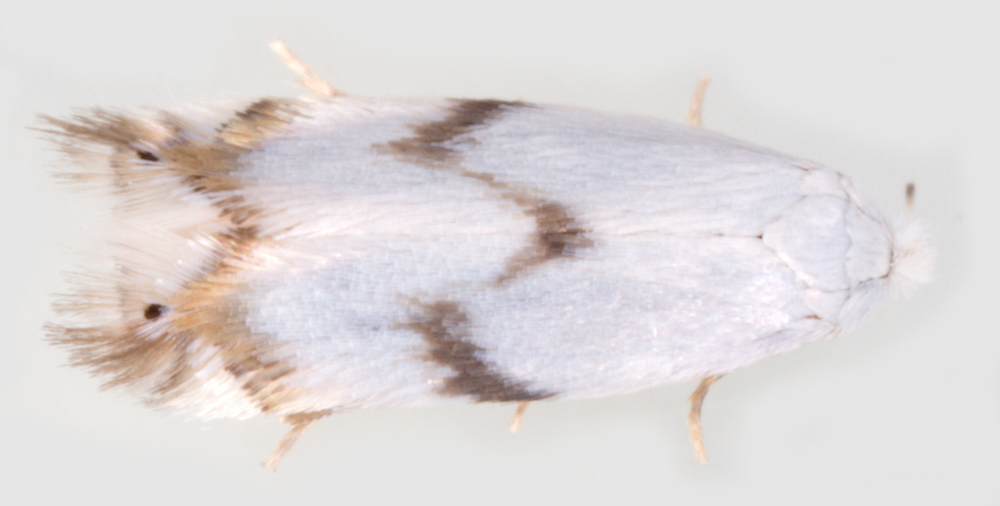
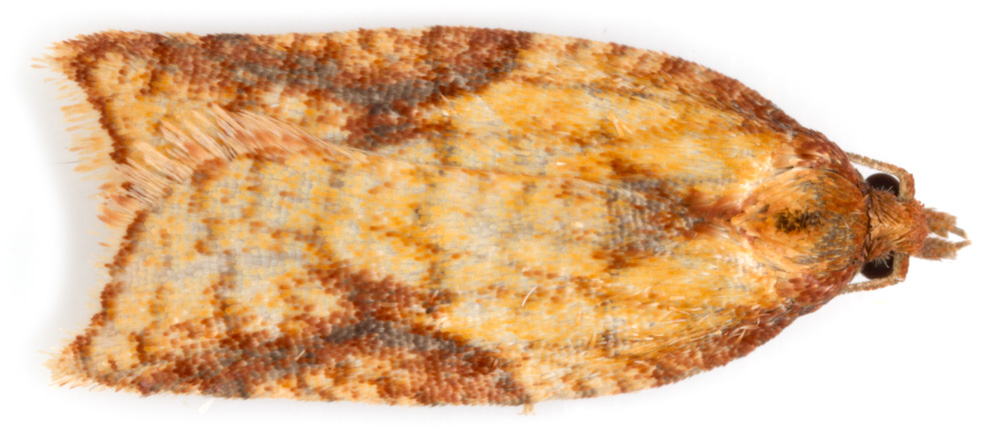
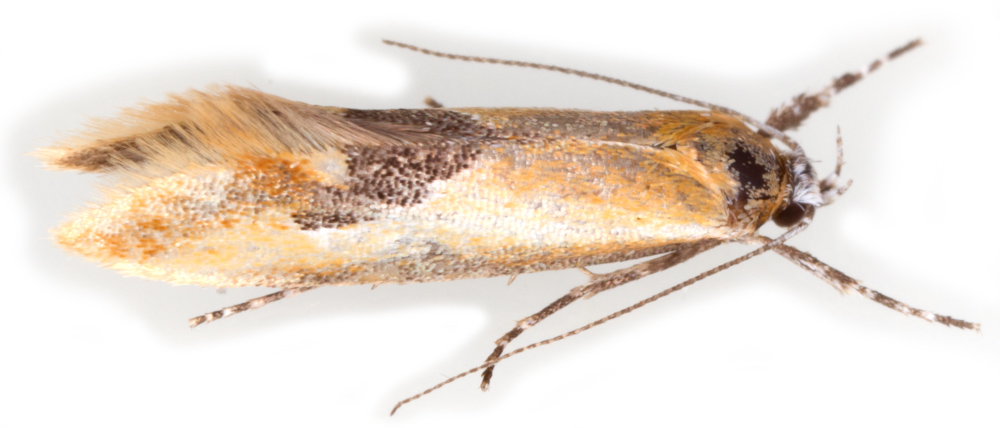
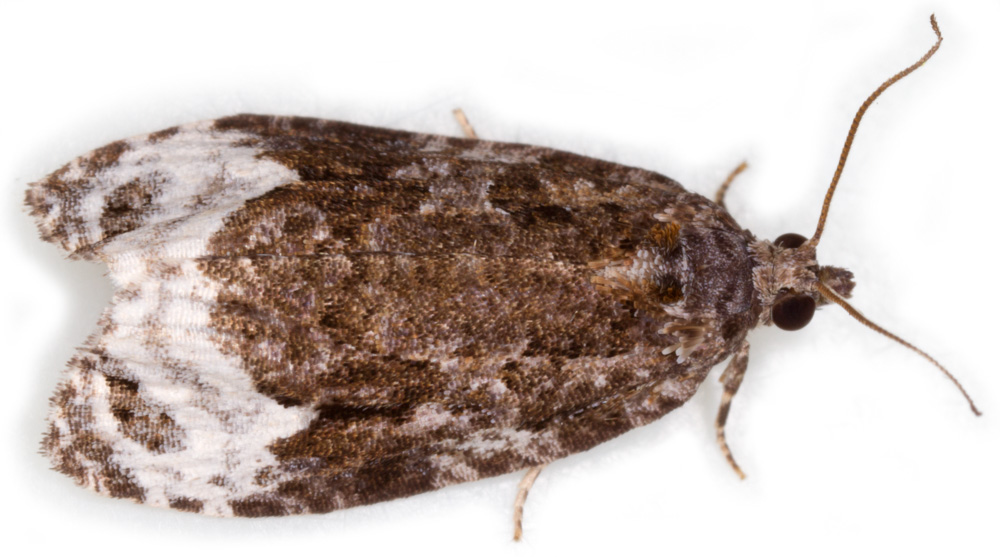
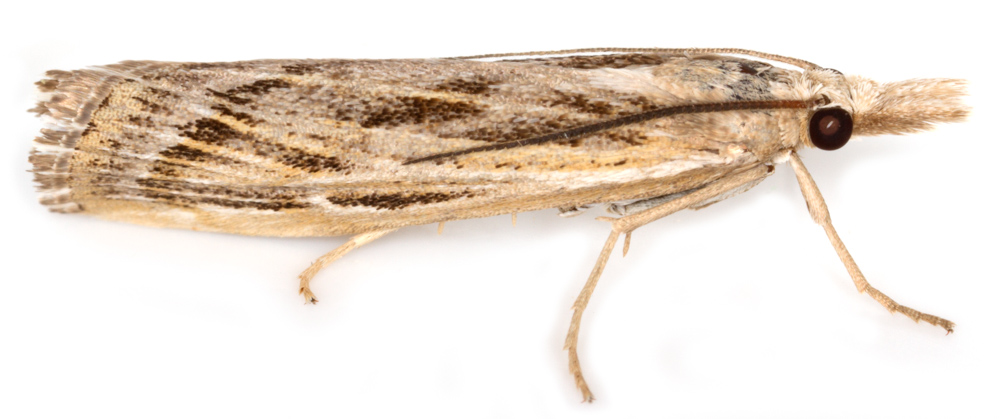
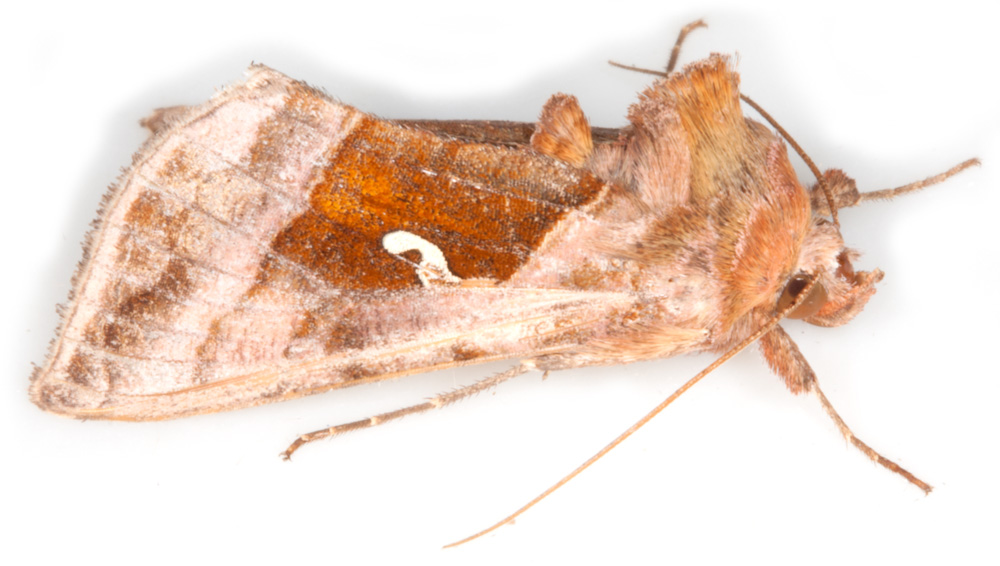
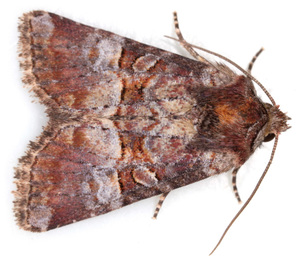
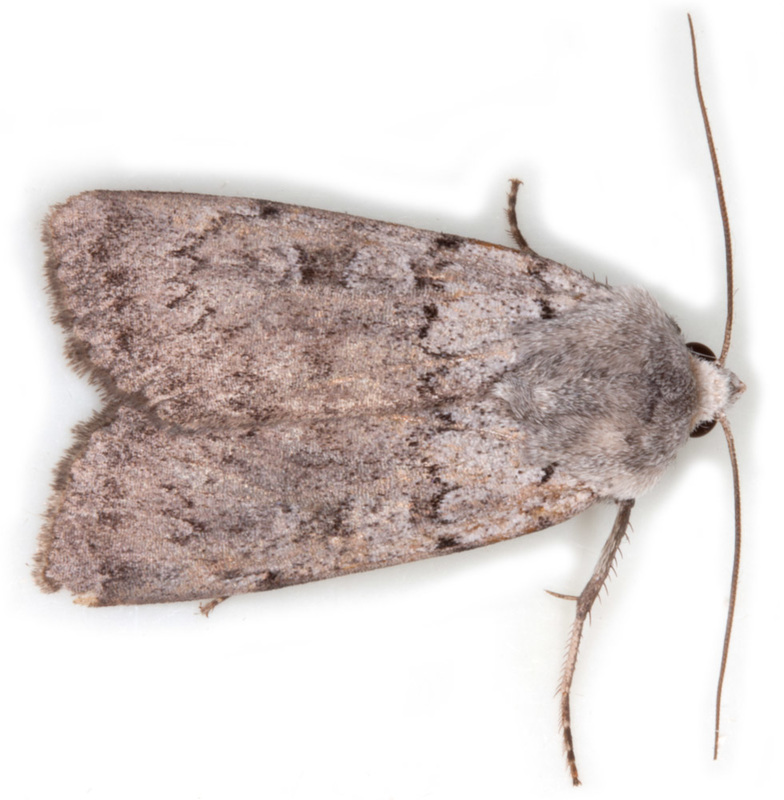

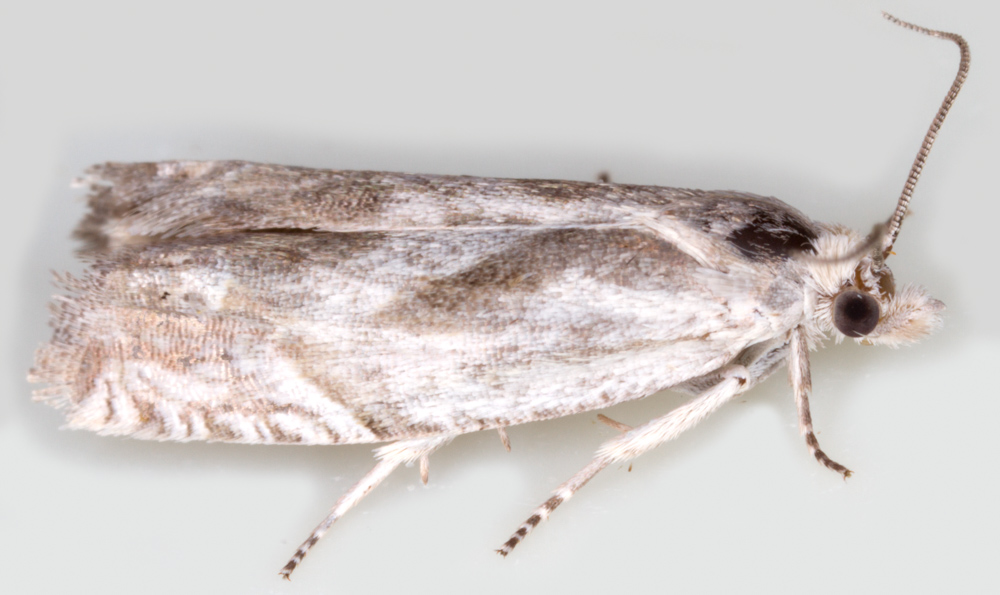
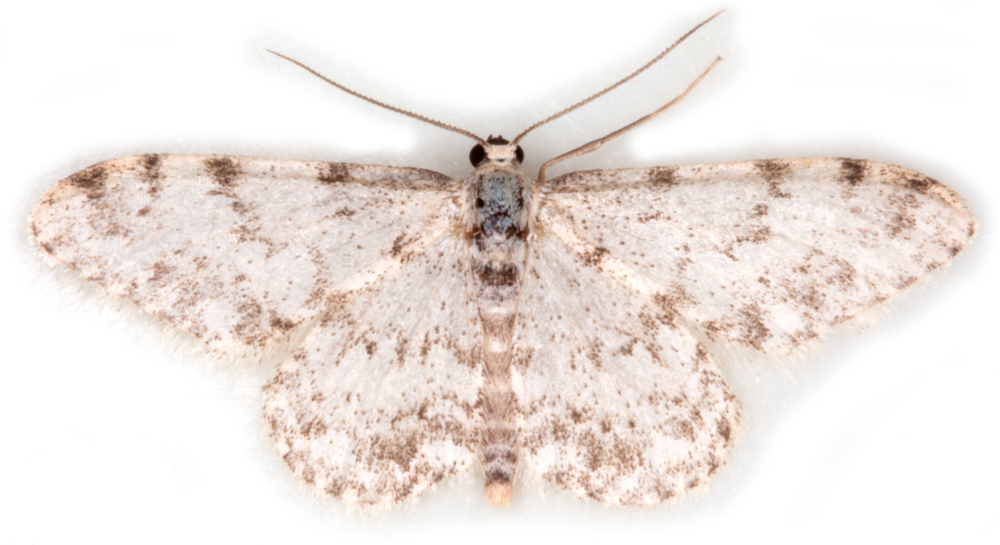
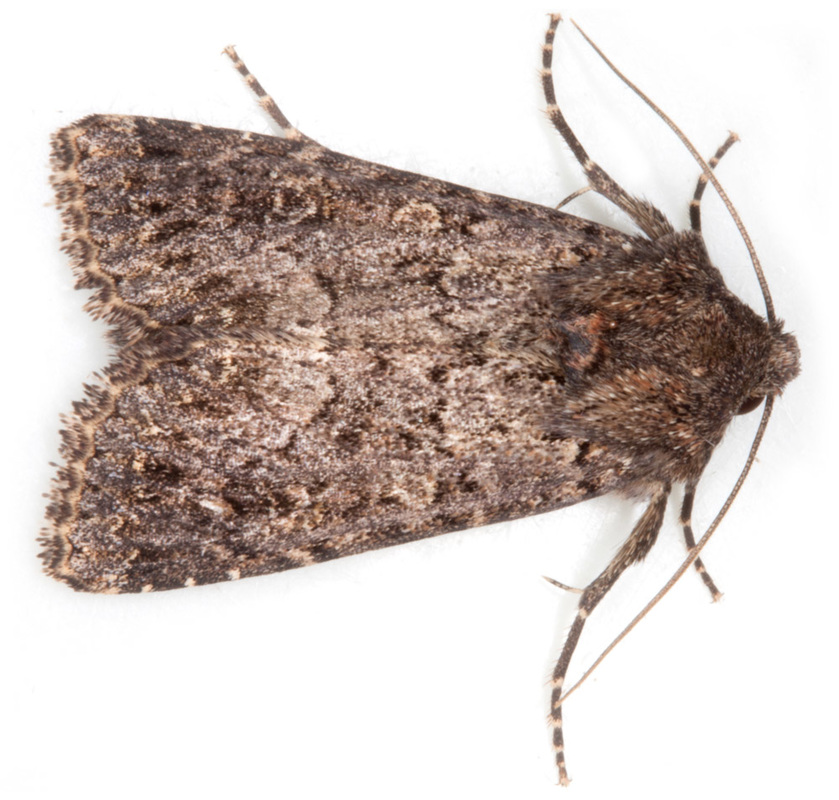
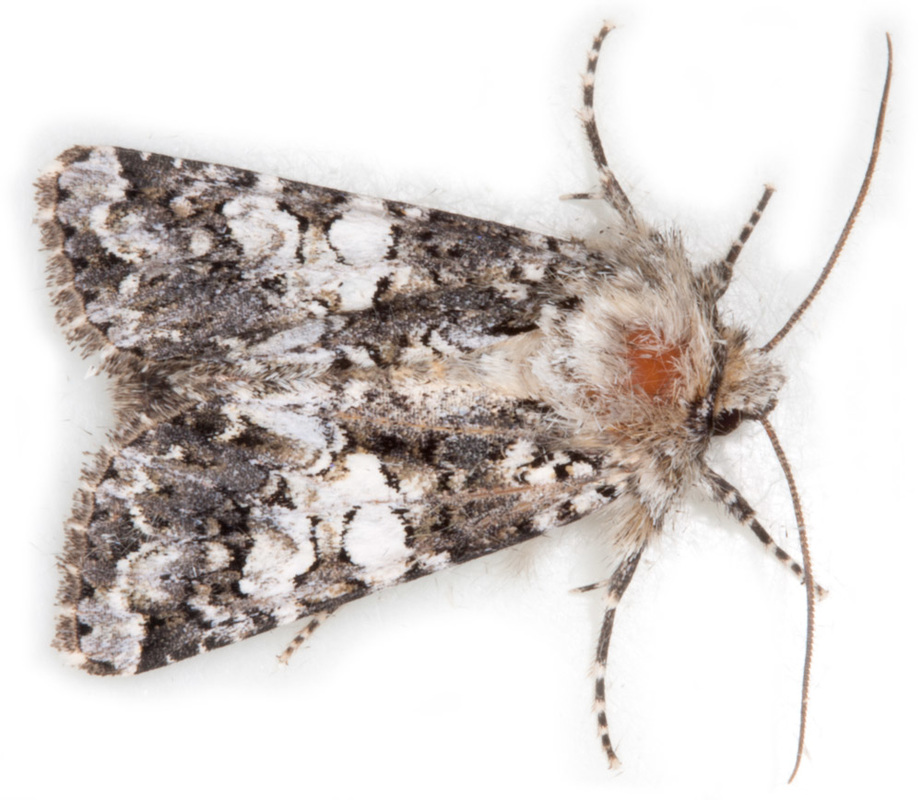
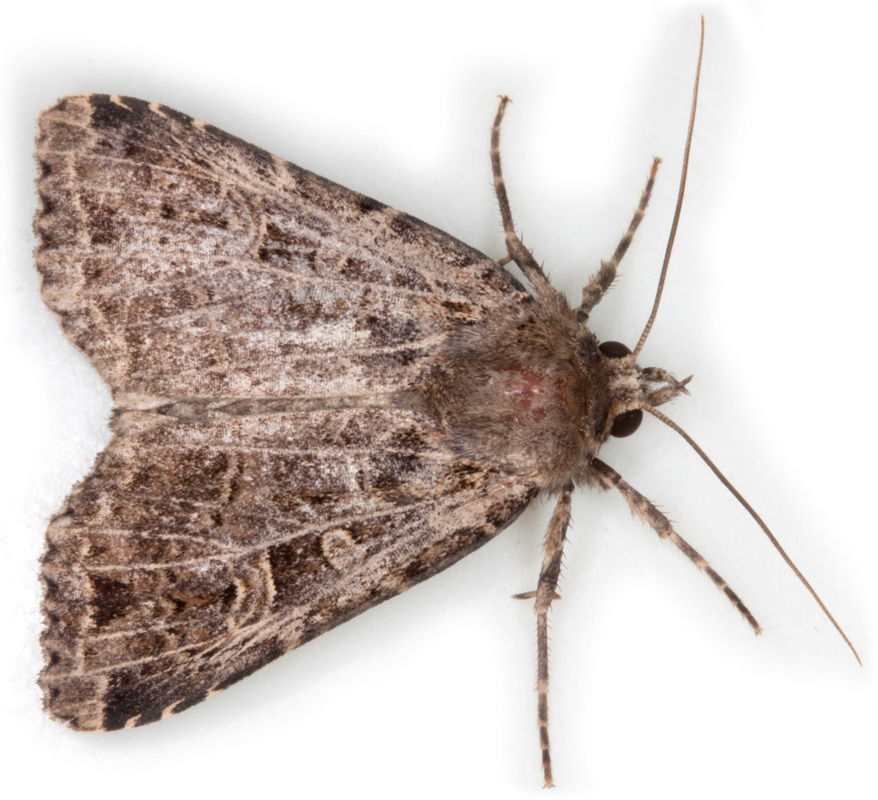

 RSS Feed
RSS Feed
